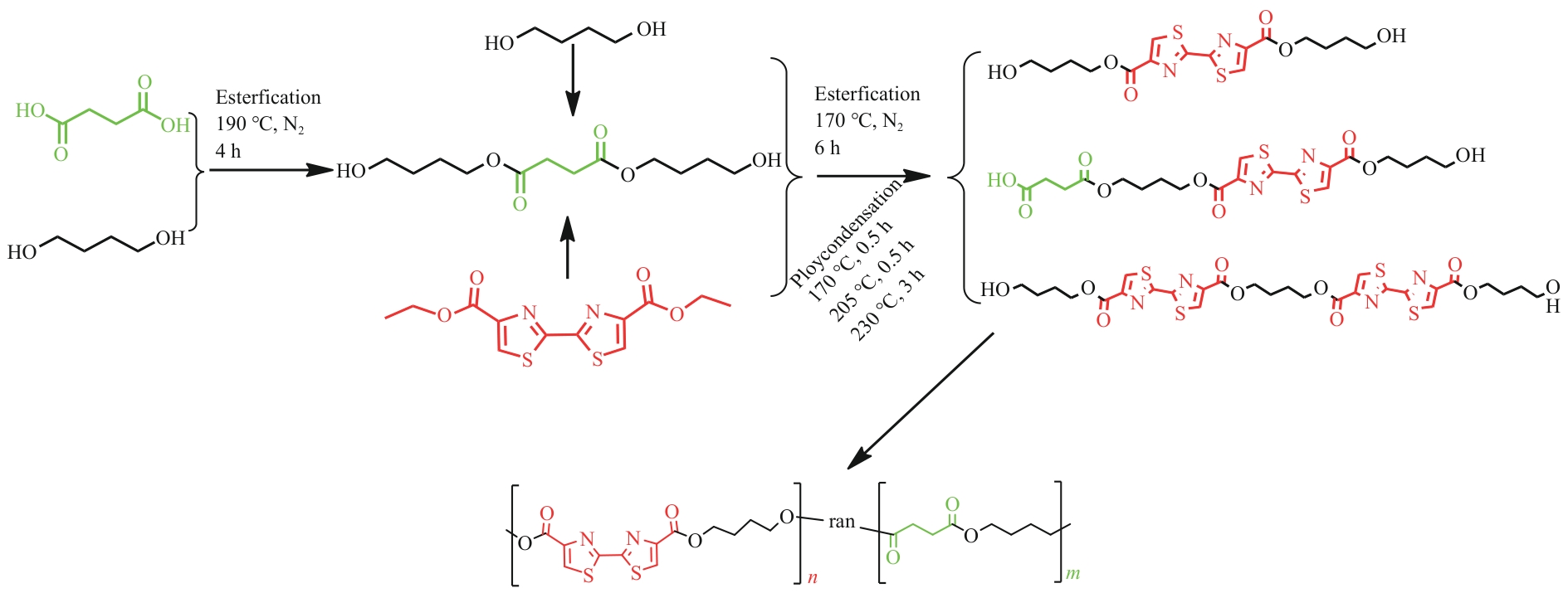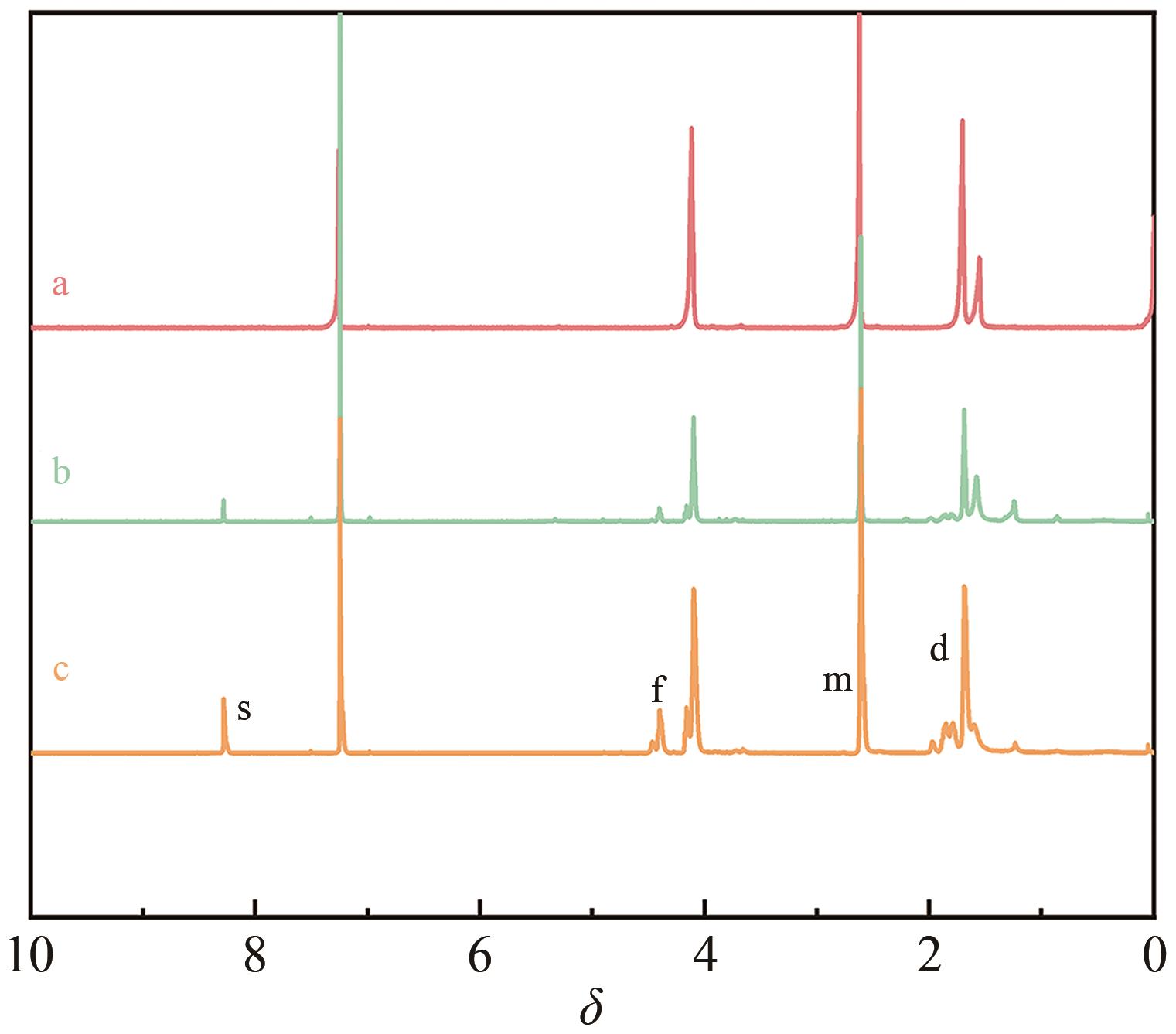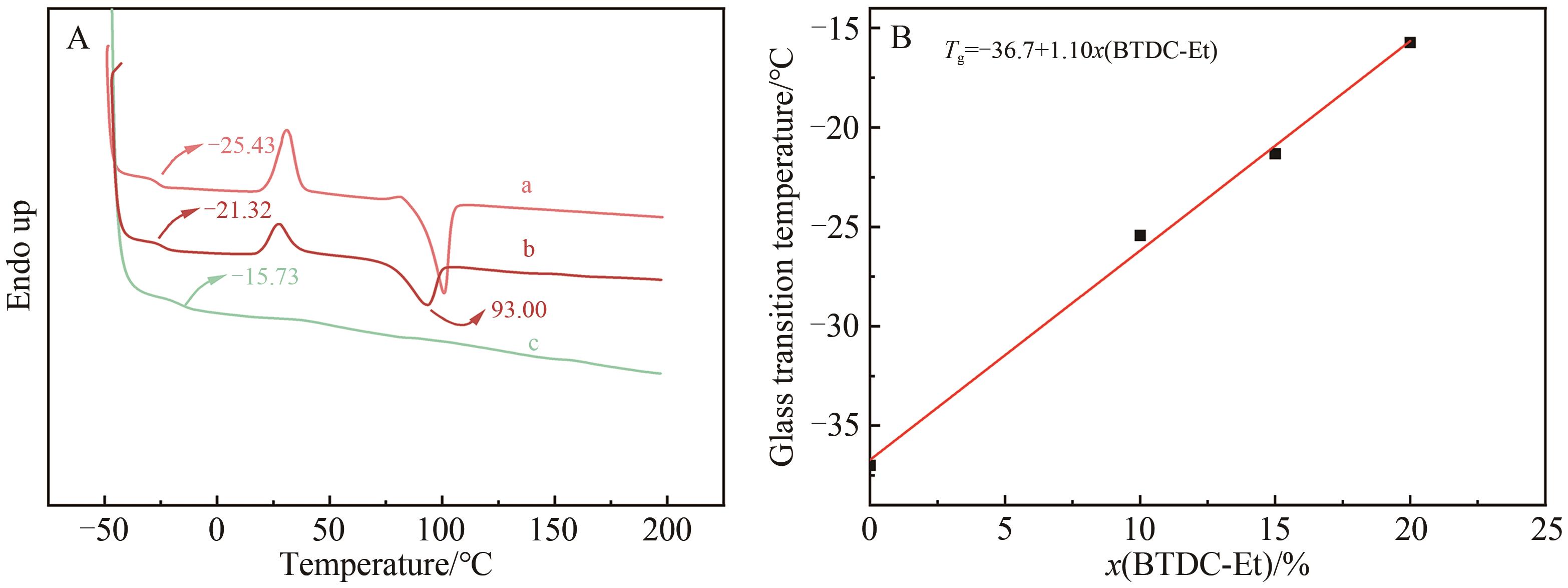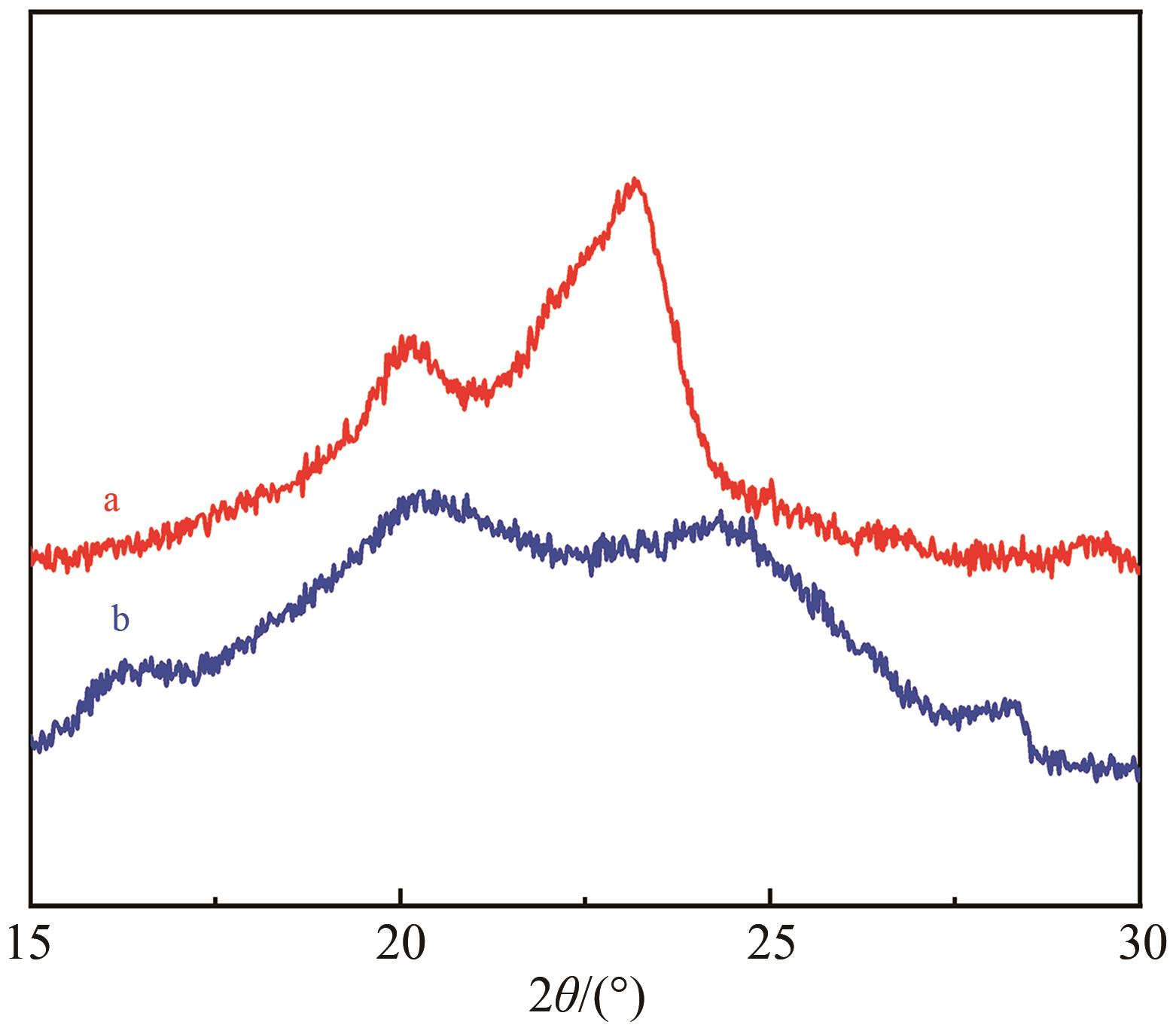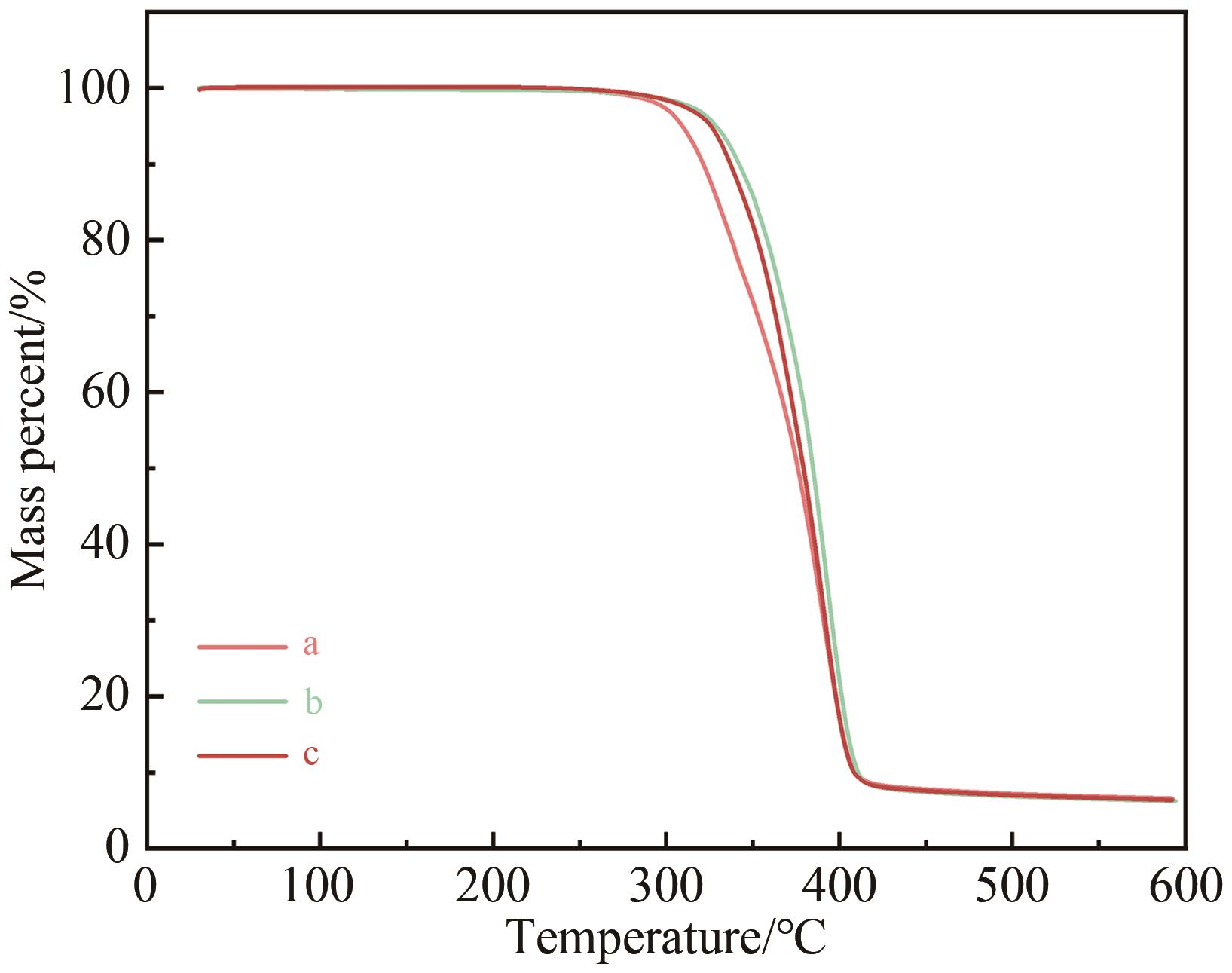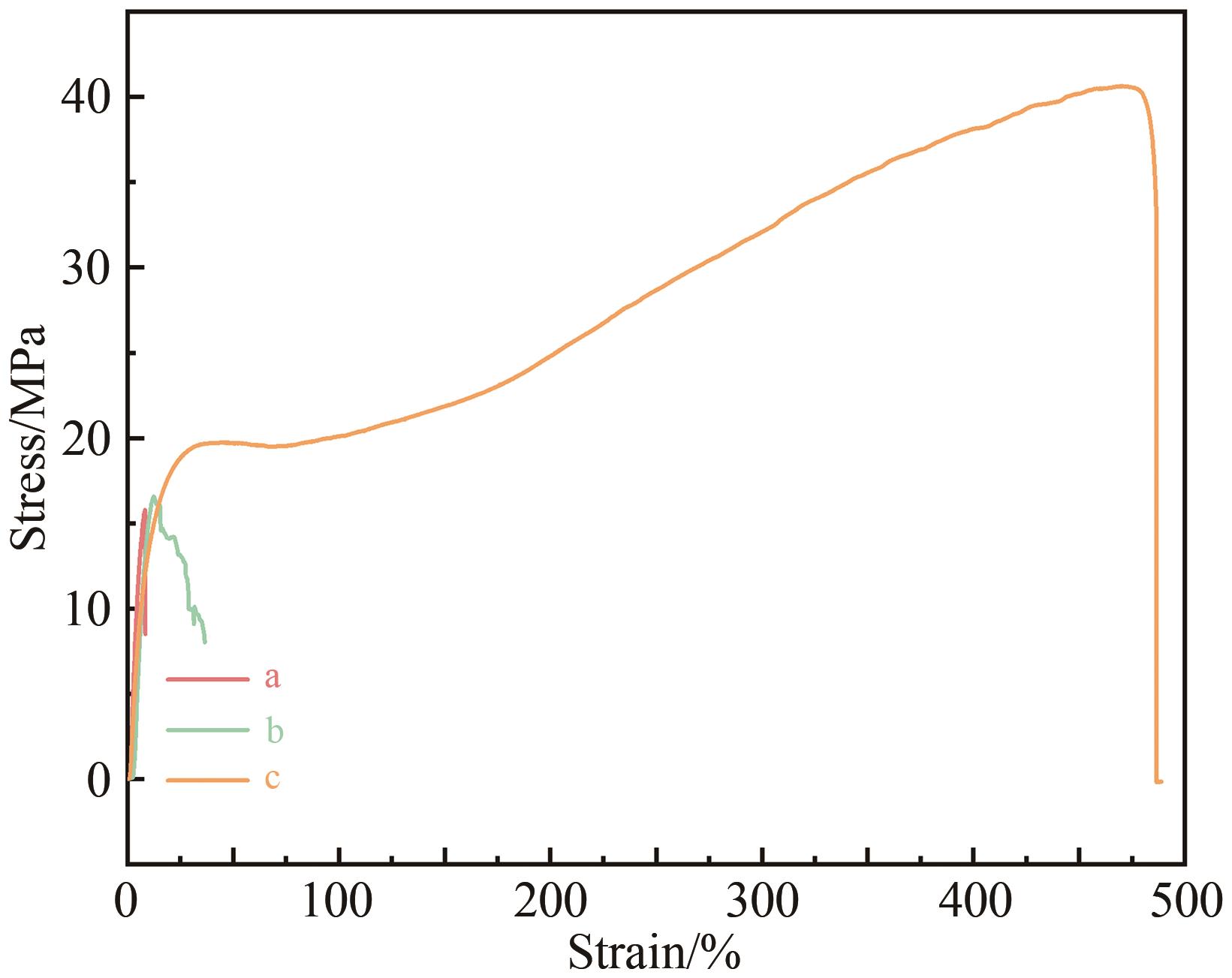| 1 |
WANG H, LIU K, CHEN X, et al. Thermal properties and enzymatic degradation of PBS copolyesters containing dl-malic acid units[J]. Chemosphere, 2021, 272: 129543.
|
| 2 |
VYTEJČKOVÁ S, VÁPENKA L, HRADECKÝ J, et al. Testing of polybutylene succinate based films for poultry meat packaging[J]. Polym Test, 2017, 60: 357-364.
|
| 3 |
BARLETTA M, AVERSA C, AYYOOB M, et al. Poly(butylene succinate) (PBS): materials, processing, and industrial applications[J]. Prog Polym Sci, 2022, 132: 101579.
|
| 4 |
RAJGOND V, MOHITE A, MORE N, et al. Biodegradable polyester-polybutylene succinate (PBS): a review[J]. Polym Bull, 2023, 81(7): 5703-5752.
|
| 5 |
ANANKAPHONG H, PENTRAKOON D, JUNKASEM J. Effect of rubberwood content on biodegradability of poly(butylene succinate) biocomposites[J]. Int J Polym Sci, 2015, 2015: 1-9.
|
| 6 |
KIM H S, KIM H J, LEE J W, et al. Biodegradability of bio-flour filled biodegradable poly(butylene succinate) bio-composites in natural and compost soil[J]. Polym Degrad Stab, 2006, 91(5): 1117-1127.
|
| 7 |
WANG J, ZHENG L, LI C, et al. Synthesis and properties of biodegradable poly(ester-co-carbonate) multiblock copolymers comprising of poly(butylene succinate) and poly(butylene carbonate) by chain extension[J]. Ind Eng Chem Res, 2012, 51(33): 10785-10792.
|
| 8 |
YU Y, LIU Y, WEI Z. Trans-2-butene-1,4-diol as an olefinic building block to prepare biobased unsaturated copolyesters with high molecular weight: synthesis, characterization, and physical properties[J]. ACS Sustainable Chem Eng, 2021, 9(49): 16699-16708.
|
| 9 |
GUIDOTTI G, SOCCIO M, GAZZANO M, et al. Biocompatible PBS-based copolymer for soft tissue engineering: introduction of disulfide bonds as winning tool to tune the final properties[J]. Polym Degrad Stab, 2020, 182: 109403.
|
| 10 |
XU P Y, LIU T Y, HUANG D, et al. Degradation performances of CL-modified PBSCL copolyesters in different environments[J]. Eur Polym J, 2022, 174: 111322.
|
| 11 |
JIN C, WANG B, LIU L, et al. Biodegradable poly(butylene succinate) copolyesters modified by bioresoured 2,5-tetrahydrofurandimethanol[J]. ACS Sustainable Chem Eng, 2022, 10(34): 11203-11214.
|
| 12 |
HU H, LIN C, LUAN Q, et al. Synergistic modification of PBT with diglycolic acid and succinic acid: fast crystallization and high strength-toughness copolyesters for environmentally degradable packaging[J]. ACS Sustainable Chem Eng, 2023, 11(38): 14068-14080.
|
| 13 |
TACHIBANA Y, YAMAHATA M, KIMURA S, et al. Synthesis, physical properties, and biodegradability of biobased poly(butylene succinate-co-butylene oxabicyclate)[J]. ACS Sustainable Chem Eng, 2018, 6(8): 10806-10814.
|
| 14 |
ZHANG H, JIANG M, WU Y, et al. Development of completely furfural-based renewable polyesters with controllable properties[J]. Green Chem, 2021, 23(6): 2437-2448.
|
| 15 |
QI J, WU J, CHEN J, et al. An investigation of the thermal and (bio) degradability of PBS copolyesters based on isosorbide[J]. Polym Degrad Stab, 2019, 160: 229-241.
|
| 16 |
TESHIMA Y, SAITO M, MIKIE T, et al. Bithiazole dicarboxylate ester: an easily accessible electron-deficient building unit for π-conjugated polymers enabling electron transport[J]. Macromolecules, 2021, 54(7): 3489-3497.
|
| 17 |
JIANG X, YU Y, GUAN Y, et al. Random and multiblock PBS copolyesters based on a rigid diol derived from naturally occurring camphor: influence of chemical microstructure on thermal and mechanical properties[J]. ACS Sustainable Chem Eng, 2020, 8(9): 3626-3636.
|
| 18 |
CHEN X, CHEN W, ZHU G, et al. Synthesis, 1H‐NMR characterization, and biodegradation behavior of aliphatic-aromatic random copolyester[J]. J Appl Polym Sci, 2007, 104(4): 2643-2649.
|
| 19 |
WANG Q, LI J, WANG J, et al. Biobased biodegradable copolyesters from 2,5-thiophenedicarboxylic acid: effect of aliphatic diols on barrier properties and degradation[J]. Biomacromolecules, 2023, 24(12): 5884-5897.
|
| 20 |
SIRACUSA V, LOTTI N, MUNARI A, et al. Poly(butylene succinate) and poly(butylene succinate-co-adipate) for food packaging applications: gas barrier properties after stressed treatments[J]. Polym Degrad Stab, 2015, 119: 35-45.
|


